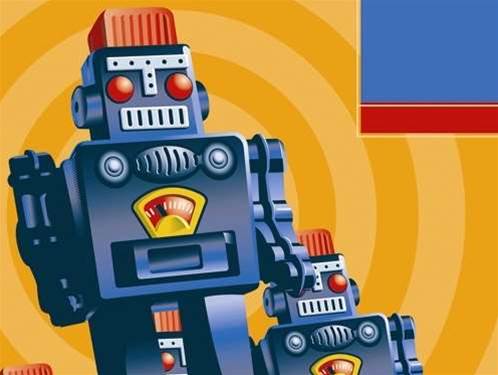
The software was 100 per cent successful, even in conditions which a human pilot would have found almost impossible. A human pilot was on board just in case.
Nasa test pilot Dick Ewers characterised some of the less mature versions of the AAR software as "flying like a second lieutenant". But he said that the final configuration demonstrated this year is "better than a skilled pilot".
"Skilled pilots can handle some tricky, last second movement the basket has a habit of making, but in so doing they set themselves up for a basket strike, ripping off the basket from the hose, or sometimes breaking the probe or parts of the airplane," he said.
The tests revealed some interesting results in the difference between computer and robot systems. When lining up with a refuelling pipe human pilots are instructed not to try and predict the pipe's movements.
But with the computational power of the plane's computers the software was taught to do just the opposite, and managed to hook up at over 250mph at 18,000 feet.



.png&h=140&w=231&c=1&s=0)




_(26).jpg&w=100&c=1&s=0)

 iTnews Executive Retreat - Security Leaders Edition
iTnews Executive Retreat - Security Leaders Edition










_(1).jpg&h=140&w=231&c=1&s=0)



